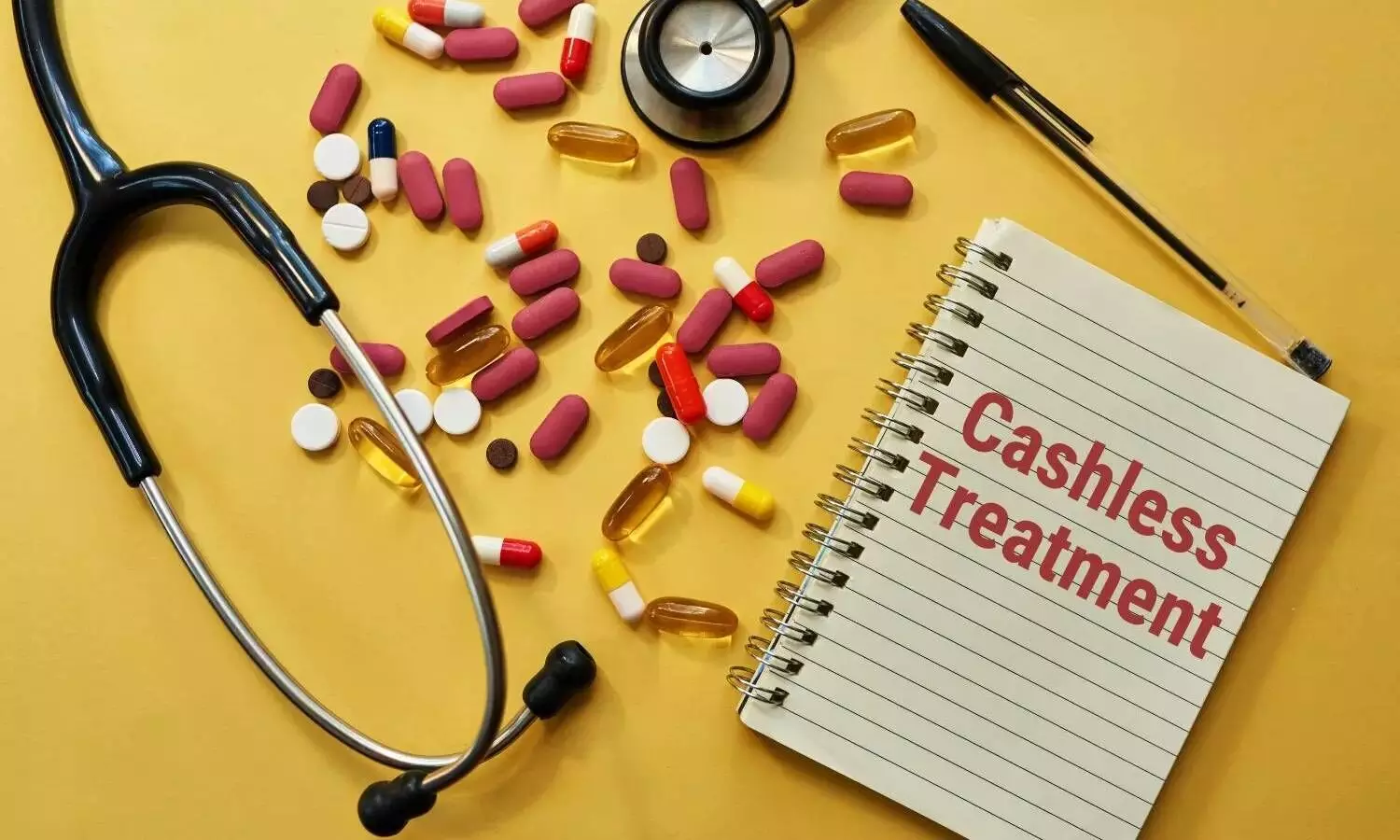In this country, when someone meets with an accident on the road, the first question asked is not how deep the injury is – first, the question asked is “Do you have an identity card?”, “Do you have insurance?”, “Is the hospital registered?” and then finally – “Will we be able to save him or not?”. As if papers are more important than the life of the victim.
In such a country, when the government says that “now anyone injured in a road accident will get free treatment up to ₹1.5 lakh for the first seven days”, it seems as if the system has put on a human face. But when we see the reality of this scheme on the ground, that face looks blurred – sometimes lost in files, sometimes stuck in the portal, and sometimes dying due to the indifference of the hospital.
This cashless treatment scheme was started under section 162 of the Motor Vehicles Act. The objective was that no poor or rich person should have to dig deep into their pocket for treatment. At first glance, it seems that the government has understood the pain of the common man. But then the same old question arises – will the system ever be able to bridge the gap between intention and policy?
So far, many states have not even given orders to implement this scheme. Even in developed areas like Noida and Ghaziabad, adjacent to the capital Delhi, hospitals did not know that the scheme had been started till June 2025. Isn’t it funny that the scheme has been started, but hospitals and doctors are searching for it like a lost traffic signal?
And even in the hospitals that are associated with the scheme, the limit of treatment is ₹1.5 lakh. Now, just think – can the ICU, surgery, medicines, tests of a patient admitted in a serious road accident be limited to ₹1.5 lakh? Private hospitals have clearly said, “Why should we work at a loss?” And the government replies – “Deshseva!” But is serving the nation the responsibility of doctors alone? Not of policy makers?
The crisis is not limited to money. The portal – yes, the same portal made on the computer – seeing which even the clerk of the hospital can scratch his head. Sometimes the documents are not uploaded, sometimes the form remains incomplete, and sometimes the entire claim goes into “error”. Forget about the patient, even the hospital does not know whom to contact, where to get the correction done.

Hospitals, police, insurance agencies, and state health authorities—all have different rules, different understandings, and equal confusion. No one knows whose job it is. The plan seems to be a play in which everyone is a character, but no one has been given a script.
Moreover, sometimes the accident is so serious that the nearby hospitals are not registered in the scheme. In such a situation, they are afraid of even doing “stabilization” – they are afraid that money might get stuck! The result – the injured patient is carried from one place to another in the ambulance, and his “golden hour,” i.e., the most precious time to save life, is spent on the way.
Now let’s talk about the most basic but most neglected aspect – awareness. The public does not know that such a scheme exists. People take out their cameras when they see an injured woman lying on the road, but are unable to tell the name of the scheme for her treatment. Even the staff working in the hospital do not know how to implement the scheme. Will the scheme benefit when the beneficiary does not even know that he is a beneficiary?
The humor deepens when the government offers a reward of up to ₹25,000 under the ‘Rahveer Yojana’ for helping an injured person, but people are limited to radio or government posters about the scheme. On social media, where people are seen dancing and singing, this scheme is invisible.
A lot needs to be done to make the scheme successful on the ground. First of all, state governments should give up their laziness and give clear guidelines. Registration of hospitals should be made mandatory within a clear time frame. The example of Indore is good, where hospitals were included in the scheme within three days in June 2025.
Second, the financial limit of the scheme should be decided according to the actual medical costs. If the government wants to save lives, then why is it pushing hospitals into losses?
Third, the portal must not become a mockery of “Digital India”. It must be made simple, clear, and technically efficient. The claim process must be transparent so that the hospital gets paid on time and the patient gets relief.
Along with this, non-registered hospitals should also be given the right to stabilization and payment guarantees. This will increase the chances of survival.
Finally – awareness. The public should know that every life lying on the road is connected to a scheme. From posters to mobile messages, from schools to panchayats – information about this scheme should be given everywhere. Because only when the public knows will the hospitals be accountable.
This cashless treatment scheme, if implemented in letter and spirit, can reduce road accident mortality in India to a great extent. But as long as this scheme remains only on paper, it will remain just another ‘scheme’ – shining in slogans but oblivious to the blood shed on the road.
Blood flows on the streets of this country, and the system waits for the portal to load.





